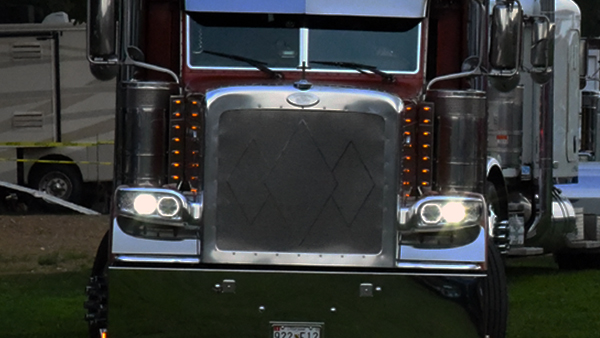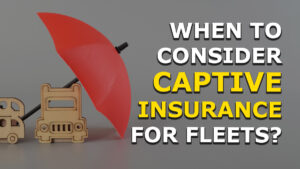
Even for professional drivers, driving at night can be stressful and night crashes are often more severe than daytime accidents.
The National Highway Traffic Safety Administration (NHTSA) found, in 2017, that drowsy driving led to at least 91,000 crashes, resulting in roughly 50,000 injuries and 800 deaths.
According to the FMCSA, night driving is twice as dangerous as daytime driving and driver alertness is related to “time-of-day” more than “time-on-task”.
Though not shocking, a 2005 National Sleep Foundation poll found that 60% of adults have driven while they are tired and 13% of these say they fall asleep while driving at least once a month.
Night driving is dangerous because of:
- compromised vision
- danger of other impaired drivers
- drowsiness (often caused by your shiftwork, lack of quality sleep, work hours, and sleep disorders, like sleep apnea)
- danger of animals crossing the road
- errors of depth perception
- on-coming headlights causing temporary “blindness”, and
- restricted peripheral vision
>>> Learn more about Commercial Truck Insurance 101 <<<
Combating drowsy and unsafe night driving
To reduce the safety concerns of night driving, one must focus on the driver and the vehicle, the only areas of control when it comes to safe driving.
For the vehicle, proper headlight maintenance is critical for safe night driving. Over time, headlights can get cloudy, so be sure to keep them well maintained.
For beam positioning, drivers can park their vehicle around 25 feet from a wall and the bottom of the headlight beam should barely touch the ground at the bottom of the wall.
Also, night driving with a dirty windshield can create a worse glare. Drivers should make sure their windshield and mirrors are clear and clean.
During your pre-trip inspection, make sure all lights on your vehicle and trailer are working properly to be as visible as possible legally for other drivers.
For drivers, you can combat drowsy and unsafe night driving by practicing defensive driving, being aware of headlight glare, limiting driving distractions, and avoiding driving while drowsy.
The purpose of defensive driving is to reduce the risk of collision by anticipating dangerous situations despite adverse conditions or the mistakes of others.
When driving at night, be sure to:
- Adjust your speeds for the conditions as speed-related crashes account for 37% of night-time fatalities,
- Increase your following distance to 8 or 9 seconds at night,
- Dim your interior lighting, like your dashboard, and use your visors to shield street lighting glare,
- Stay in a single lane, as changing lanes is a leading cause of accidents,
- Focus on the road ahead of you and limit distractions like eating, drinking, phones, turning the radio or changing CDs, and
- Watch for wildlife – the safest way to avoid an accident is by slowing down and stopping instead of swerving.
Beware of blinding headlights as it can take up to two to five seconds to recover from the glare, which is the length of a football field. To avoid being blinded, do not look directly into the approaching headlights, but look slightly to the side of the road, using the right edge of the road or lane markings as a guide to stay on track. Lift your gaze back up when you have passed the oncoming vehicle.
While it is obvious, it is time to pull over safely and rest when you notice these drowsy driving signs:
- frequent yawning
- dozing off
- tired or droopy eyes
- drifting into other lanes or “rumble strips”
- following other cars too closely, and
- difficulty maintaining proper speed
If drowsy, find a safe place to pull over and take a quick 15-30 minute nap, which is more effective than coffee or quick energy drinks or supplements.
>>> Looking for change or want to try and lower your insurance rates? Request a Quick Quote <<<





